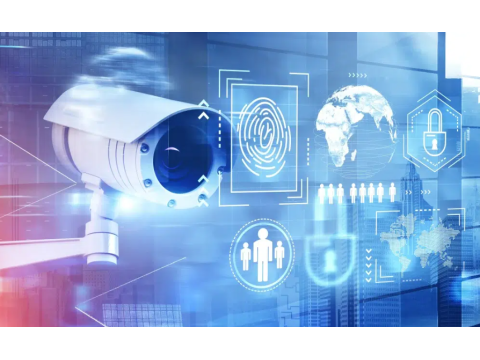Functions and Purpose of Surveillance Systems
Modern surveillance systems combine advanced technology with powerful software, enabling real-time analysis and comprehensive monitoring of spaces. These systems ensure 24/7 observation, offering property owners detailed insights into activities across their premises.
Core Components of Surveillance Systems
1. Surveillance Cameras
- Types: Dome, PTZ (Pan-Tilt-Zoom), Box, and Bullet cameras.
- Features: High-resolution imaging, low-light performance, and weather resistance.
- Specialized Options:
- IP Cameras: Capable of network transmission and built-in processing for reduced server load.
2. Recording and Storage Devices
- Options: DVRs (Digital Video Recorders) and NVRs (Network Video Recorders).
- Formats: Support for compression technologies like H.265 to optimize storage while maintaining video quality.
Key Functions of Surveillance Systems
Object Detection and Recognition:
- Identify movements and distinguish between humans, vehicles, and animals.
Facial Identification:
- Automatically match faces with stored profiles for enhanced security.
Behavioral Analytics:
- Detect unusual patterns, abandoned objects, or unauthorized access.
Vehicle Monitoring:
- License plate recognition for traffic control and parking management.
Advanced Capabilities
Remote Monitoring
- Real-time video access via mobile apps or web platforms.
- Alerts for motion detection or unauthorized access.
Cloud Storage
- Securely store data off-site for easy access and disaster recovery.
Integration with Security Systems
- Seamlessly connect with access control, alarms, and fire detection systems.
Thermal Imaging
- Monitor areas in total darkness or adverse weather conditions, ideal for perimeter security and fire prevention.
Data Encryption and Cybersecurity
- Encrypted data streams to prevent unauthorized access.
- Multi-level user authentication for controlled access to sensitive footage.
Applications of Surveillance Systems
1. Real-Time Monitoring
- Used in high-risk areas to detect potential threats like fires or intrusions.
2. Incident Recording and Analysis
- Record events for post-incident analysis and legal evidence.
3. Industrial Safety
- Monitor hazardous environments remotely to ensure worker safety.
4. Commercial Use
- Retail Stores: Prevent theft, monitor employees, and verify cash transactions.
- Banks: Adhere to strict security protocols with high-definition monitoring and video analytics.
5. Residential Properties
- Secure homes with indoor and outdoor cameras.
- Manage deliveries or check on family members remotely.
Choosing the Right Surveillance System
For Homes and Small Businesses:
- Analog systems like AHD cameras are cost-effective and user-friendly.
For Large Enterprises:
- IP systems offer scalability and advanced features such as integration with existing IT infrastructure.
For Specialized Needs:
- Thermal cameras for large outdoor areas.
- PTZ cameras for dynamic coverage.
Conclusion
- Surveillance systems have transcended their traditional roles, offering intelligent features like real-time analytics and remote access.
- They enhance security across residential, commercial, and industrial settings, adapting to specific needs.
- As technologies evolve, these systems continue to offer innovative solutions, making them indispensable for safety and operational efficiency.

